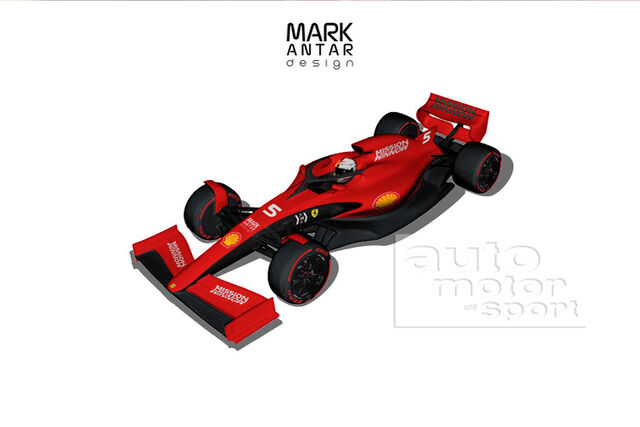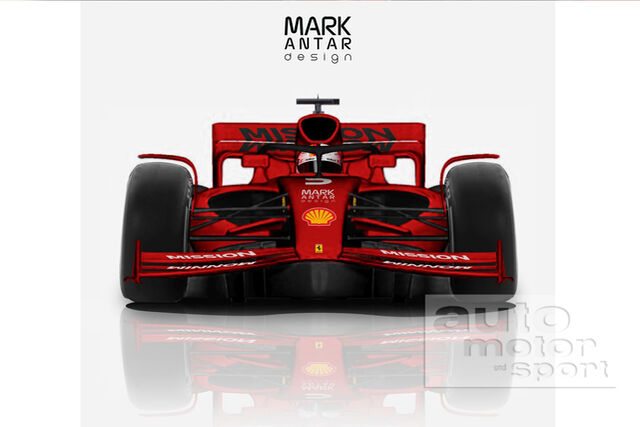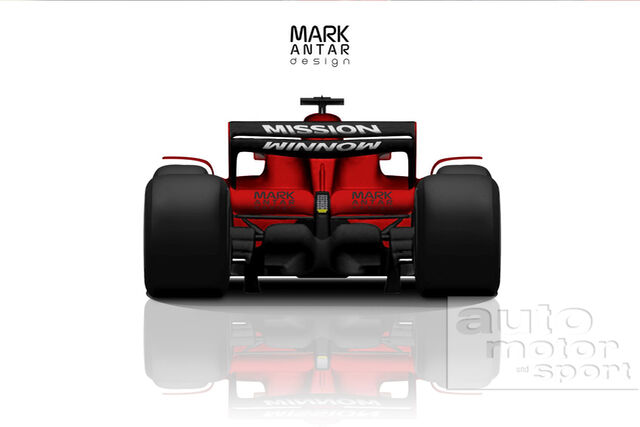



I was thinking the same thing!

Look more closely at the front of the floor, the intakes are huge.DiogoBrand wrote: ↑27 Mar 2019, 02:44I don't see any indications of a shift to focus to ground effects, which in my opinion is the only way to improve overtaking on F1. And adding another 50kg is just ridiculous.
But I wouldn't take this too seriously, it's there more to look cool and futuristic than to represent where they actually want to go.
In all contracts, the traps are hidden in the fine print, the one that few pay attention to, which always include nuances and provisos and unexpected leonine clauses.
Formula 1 does not escape this rule. Finding gray areas in the regulation or holes has become the key to success. Since the master lines of what they wanted FIA and Liberty were put on the table in 2018 in Bahrain has spent a year to agree on the technical and financial standards of 2021. Some rules that the FIA must have finalized in June for final approval .
Before there will be new meetings to define the details. And if in the general rules at the end there has been consensus among the ten teams, on the subject of the details there will undoubtedly be ten different opinions.
And in that of the fine print comes the issue of B teams or customers, a topic on which Ferrari has bet heavily because it allows to move faster, sacrifice a B team to try new solutions or paths without taking risks that an eventual error harms the big team and accelerate the developments.
A philosophy that raises blisters at Renault, McLaren and Williams. The first because it has no possibility of client computers. The two seconds because it goes against his philosophy and his history, although Williams was born as a client team.
And that Mercedes does not like, perhaps because it is not clear even if Racing Point is able to follow this path - although Lawrence Stroll sighs for him - and is not very clear about the future of Williams and fears a possible collapse of the team.
In any case, the goal is to achieve a more homogeneous performance of all cars and make pilots heroes. This is key in the current world, of cult to the stars.
A road that includes not only the budget ceiling, but also the use of common parts: change boxes and KERS, to start.
In the background, in Formula 1 some begin to think that the style of assembly is a heavy slab that sometimes prevents drastic solutions. Something like this happened in the United States, when the teams founded their own category, the CART, and left the F-Indy. Indianapolis reacted with the creation of the IRL, which did not seem to have the preponderance and interest of the CART, but but it had the ace of the 500 Miles and in the end it took the water to its mill, assumed the CART and created the current Indycar.
Formula 1 currently has two Damocles swords on its head : the new regulation and the technological revolution that society demands and that the automotive industry imposes . And it is vital to respond to both if you want to get the big builders to keep their bet for it.
That's why the fine print has its importance. It will depend on the fund that there is convergence of benefits or that the gap between the big teams and the second division grows.


The wake coming off the front tires has a big effect in disrupting the rest of the aero of the car. By working it the diffuser will work better.